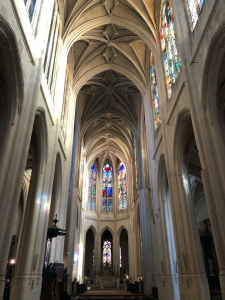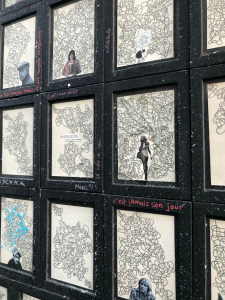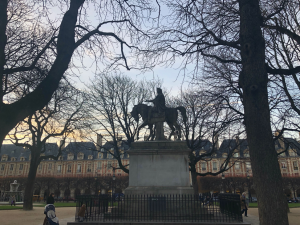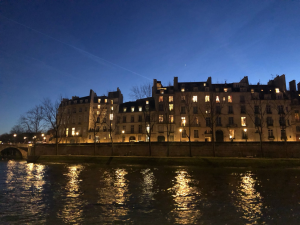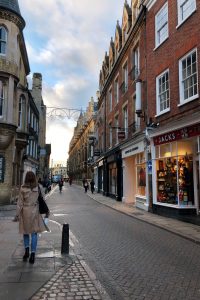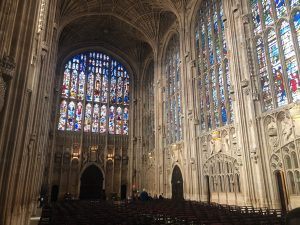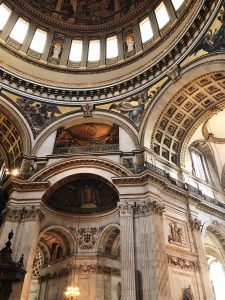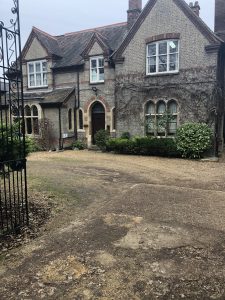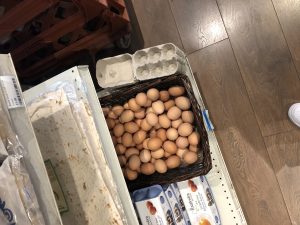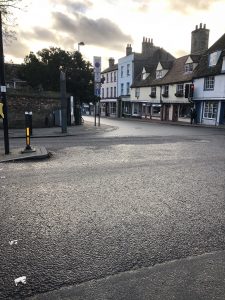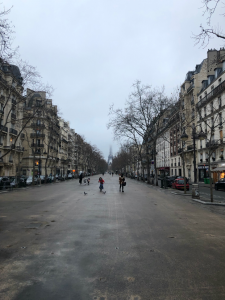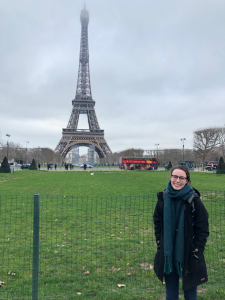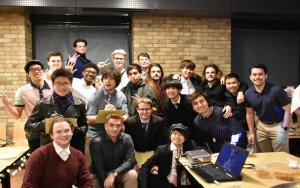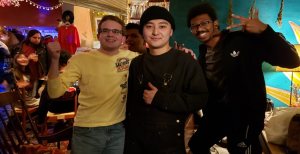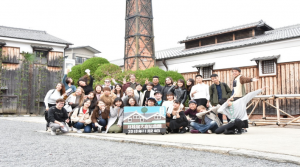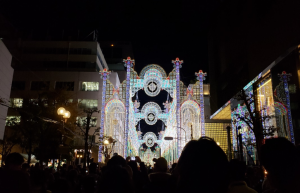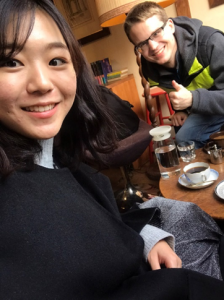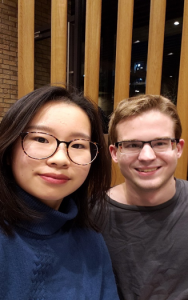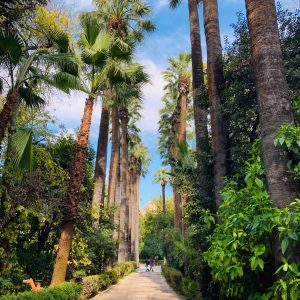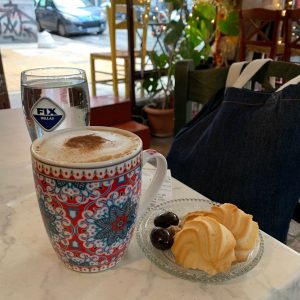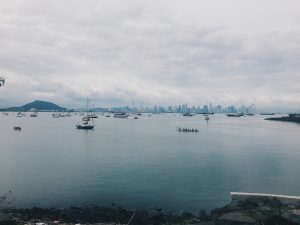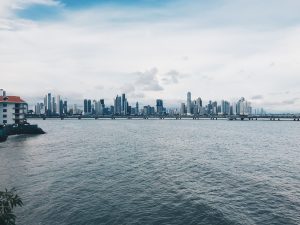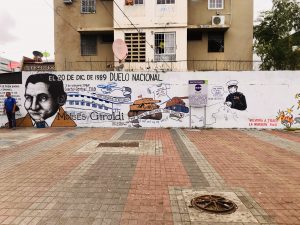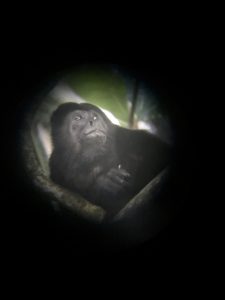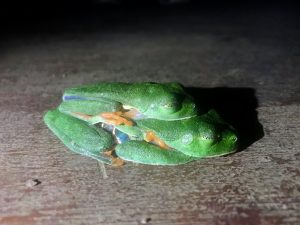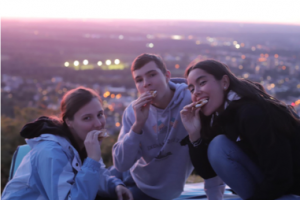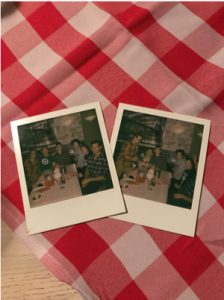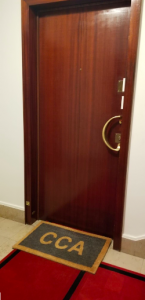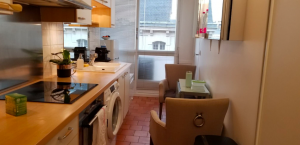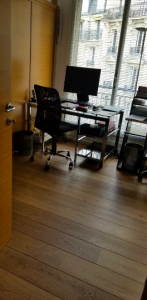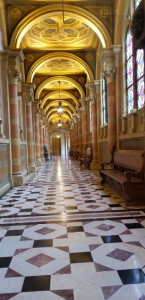Author: Ella Speckhard
Location: Paris, France
Pronouns: She/Her/Hers
In my French language course, we’re giving oral presentations next week on one of the districts of Paris. My partner and I were assigned the Marais, two arrondissements right along the Seine in the heart of Paris. We followed instructions from our professor and saw some amazing things, taking pictures and jotting down notes to share next week. Here are some of my favorites!
It was finally sunny the day we went! Paris has been very gray lately, so it was really a blessing to walk around in the sunshine for a while (and all of the buildings are so much more beautiful)!
Saint Gervais and Saint Protais Church, Paris. This church is celebrating 600 years, even after being a victim in the bombings of WWI.
Le Marais is home to some incredible street art—unfortunately I couldn’t get a picture of my favorite piece due to traffic, but these are close runners-up!
Place des Vosges was full of life this evening; children played, couples strolled, and teens ate together, surrounded by the beauty of these buildings. I definitely plan on coming back here later in the spring when the trees are blooming!
Statue of Louis XIII at the center of Place des Vosges. Every building in Paris is connected to the history and story of the French. It can be hard to wrap my mind around sometimes because compared to Paris, everything in America is pretty much brand new!
L’Hôtel de Sens
Église Saint-Paul-Saint-Louis. We didn’t get to go inside this one, but it was spectacular even from the street.
Finished our tour with dinner on the Seine. We grabbed sandwiches from a cool shop in the historically Jewish neighborhood of the Marais and although it was a bit chilly, the view was worth it.

